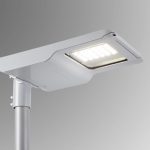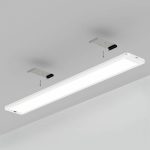Maximizing Yield: How Many Plants Can a 1000W LED Light Grow?
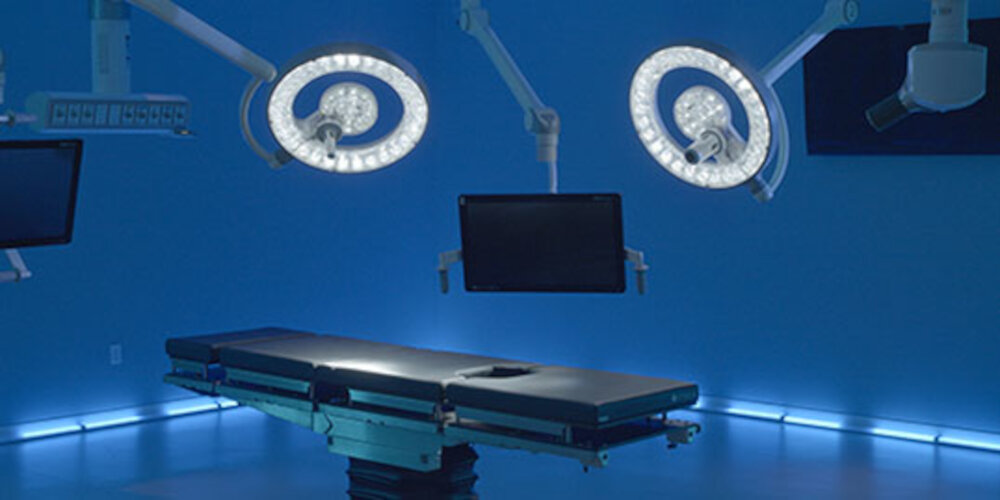
When it comes to indoor gardening, the right lighting is essential to ensure that plants grow and thrive. LED lights are becoming increasingly popular among indoor gardeners due to their energy efficiency and longevity. But as with any lighting system, it’s important to understand how much yield can be expected from a particular wattage. In this article, we’ll explore the question of how many plants can be grown under a 1000W LED light, and what factors can affect yield. The first step in maximizing yield under a 1000W LED light is to understand the concept of light intensity. Plants require a certain amount of light energy in order to undergo photosynthesis and grow. The intensity of light is measured in PAR (Photosynthetically Active Radiation), which is the range of light wavelengths that plants use for photosynthesis. A 1000W LED light can produce a high level of PAR, but the actual amount of light that reaches the plants will depend on a number of factors such as the distance between the light and the plants, the reflectivity of the grow area, and the type of plants being grown. Understanding these factors is key to optimizing yield under a 1000W LED light.
Maximizing yield in indoor gardening refers to the practice of producing the largest possible harvest from your crops within a limited space and timeframe. LED lights have become an essential tool for achieving this goal. LED lights have a higher efficiency rate in converting electricity into light, compared to traditional lighting systems such as fluorescent and incandescent bulbs. LED lights are also customizable in terms of light spectrum and intensity, allowing growers to cater to the specific needs of their plants. As a result, LED lights can promote faster growth, larger yields, and better quality of crops. In conclusion, the importance of LED lights in indoor gardening cannot be overstated, as they provide a cost-effective and efficient solution for maximizing yield in a limited space.
Factors Affecting Plant Growth Under LED Lights
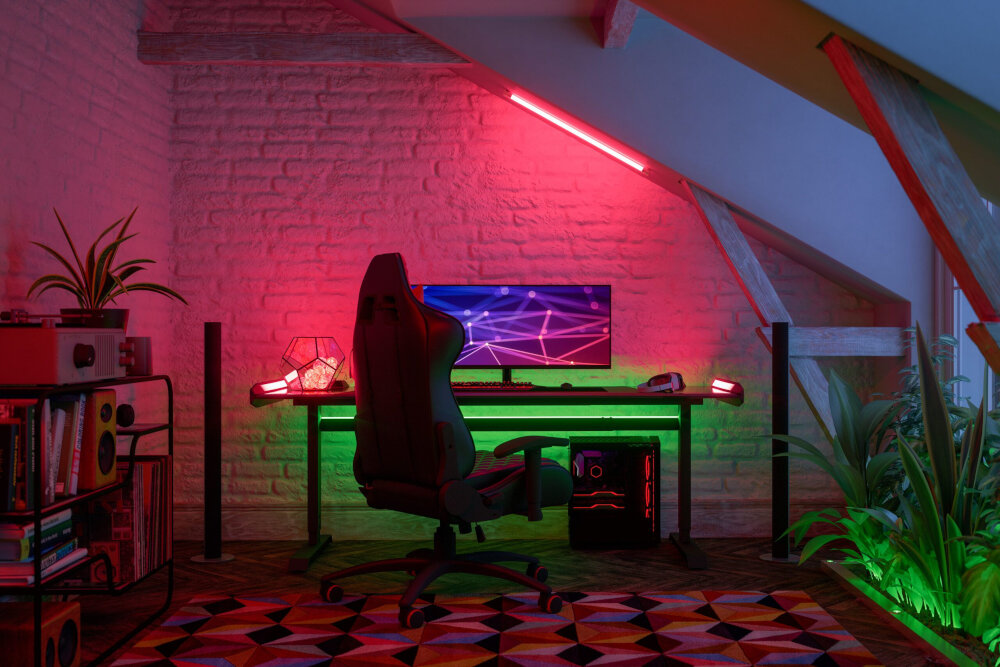
The use of LED lights in plant growth has become increasingly popular due to their energy efficiency and long lifespan. However, the type and intensity of the LED light can greatly affect plant growth. Factors such as the color spectrum, light intensity, and duration of light exposure can all impact plant growth. For example, blue light is essential for vegetative growth, while red light is necessary for flowering and fruiting. Therefore, the ratio of blue to red light in LED lights can greatly affect the yield of plants. Additionally, the intensity of the light can also impact plant growth, with too little or too much light causing stunted growth or even death. It is important to find the optimal balance of color spectrum and light intensity to maximize plant growth and yield under LED lights. Another factor that can affect plant growth under LED lights is the duration of light exposure. Plants require a certain amount of darkness to properly grow and develop. Therefore, it is important to provide plants with a period of darkness each day to prevent overexposure to light. The duration of light exposure can also impact the growth rate and yield of plants. Some plants require longer periods of light exposure than others, and adjusting the duration of light exposure can help to maximize plant growth and yield. Overall, it is important to consider all factors that can affect plant growth under LED lights in order to optimize plant growth and achieve maximum yield.
Plant growth under LED lights is influenced by various factors such as light intensity, spectrum, and duration. Light intensity is the amount of light energy that reaches the plant’s leaves and is measured in micromoles per square meter per second. The optimal light intensity for plant growth depends on the species being grown, but generally, higher light intensities result in faster growth and higher yields. The light spectrum refers to the range of wavelengths emitted by the LED light, which affects the plant’s photosynthesis and growth. For example, blue light promotes vegetative growth, while red light stimulates flowering and fruiting. Finally, the duration of light exposure or photoperiod influences plant growth and development. Some plants require long days with more than 12 hours of light exposure, while others need shorter days with less than 12 hours of light exposure. Understanding these factors is crucial in maximizing yield and achieving optimal plant growth under LED lights.
Calculating the Number of Plants That Can Be Grown Under a 1000W LED Light

Calculating the number of plants that can be grown under a 1000W LED light is crucial for maximizing yield. The first thing to consider is the size of the grow space. A 1000W LED light can cover an area of about 4′ x 4′, which means that the grow space should not exceed this size. The next factor to consider is the type of plant being grown. Different plants have different space requirements and grow at different rates. For example, a cannabis plant requires more space compared to lettuce or herbs. Therefore, it is important to choose plants that are suitable for the grow space and can be grown efficiently under the 1000W LED light. Another important factor to consider when calculating the number of plants is the plant’s stage of growth. During the vegetative stage, plants require less space and can be grown closer together. However, during the flowering stage, plants require more space and should be given room to grow and develop. It is also important to consider the height of the plants and the distance between the plants and the LED light. Plants that grow tall may require more vertical space, while plants that grow short may be able to grow closer to the LED light. By considering these factors and calculating the number of plants that can be grown under a 1000W LED light, growers can maximize yield and achieve a successful harvest.
To calculate the number of plants that can be grown under a 1000W LED light, there are a few factors to take into consideration. First, the type of plant being grown and its growth characteristics must be considered. Second, the size of the grow space and the distance between the plants and the light must also be accounted for. To begin, calculate the total square footage of the grow space. Then, determine the recommended wattage per square foot for the specific plant being grown. This will give an estimate of the total wattage needed for the entire space. Next, divide the total wattage needed by the wattage of the 1000W LED light to determine how many lights are required. Finally, divide the total number of plants desired by the number of lights to determine the maximum number of plants that can be grown under the 1000W LED light.
Maximizing Yield Under a 1000W LED Light

Growing plants under a 1000W LED light can be a great way to maximize yield and save space in your growing area. However, it is important to take certain factors into consideration in order to achieve the best results. Firstly, choosing the right strains is crucial for maximizing yield under a 1000W LED light. Certain strains such as Indica-dominant hybrids tend to yield more than Sativa-dominant strains. Also, strains that have been specifically bred for indoor growing tend to do better under LED lights as they are more adapted to the environment. Another important factor to consider when growing under a 1000W LED light is the distance between the light and the plants. LED lights can be very powerful and can burn plants if they are placed too close. It is recommended to keep the light at least 18 inches away from the plants during the vegetative stage and 12 inches away during flowering. In addition, using reflective materials such as mylar or white paint on the walls of the growing area can help to maximize the amount of light the plants receive and increase yield. If all of these factors are taken into consideration, it is possible to achieve a high yield of healthy, high-quality plants under a 1000W LED light.
To maximize yield under a 1000W LED light, it’s crucial to use the right type of LED lights, adjust the distance between the plants and the light source, and provide the right nutrients. Firstly, choosing the right type of LED light can have a significant impact on yield. Full-spectrum LED lights are usually the most effective because they provide a balanced spectrum of light that allows plants to grow and flower optimally. Secondly, the distance between the plants and the light source must be adjusted to ensure that the plants receive the right amount of light. Typically, the distance should be around 18-24 inches from the top of the plants. Lastly, providing the right nutrients is key to maximizing yield. Plants require a balanced mix of macronutrients, such as nitrogen, phosphorus, and potassium, as well as micronutrients, such as iron and zinc, to grow and flower well. By following these tips, growers can achieve maximum yield under a 1000W LED light.
The article \Maximizing Yield: How Many Plants Can a 1000W LED Light Grow\ emphasizes the importance of understanding the factors that affect plant growth under LED lights in order to maximize yield. The key points discussed include the importance of selecting the appropriate LED light, understanding the light spectrum, and the impact of environmental factors such as temperature and humidity. The article highlights that the number of plants that can be grown under a 1000W LED light depends on several factors, including the size of the plants, the stage of growth, and the spacing between the plants. It is crucial to optimize these factors to ensure maximum yield. Therefore, understanding the factors that affect plant growth under LED lights is essential for growers to achieve the desired results and maximize the yield.
Conclusion
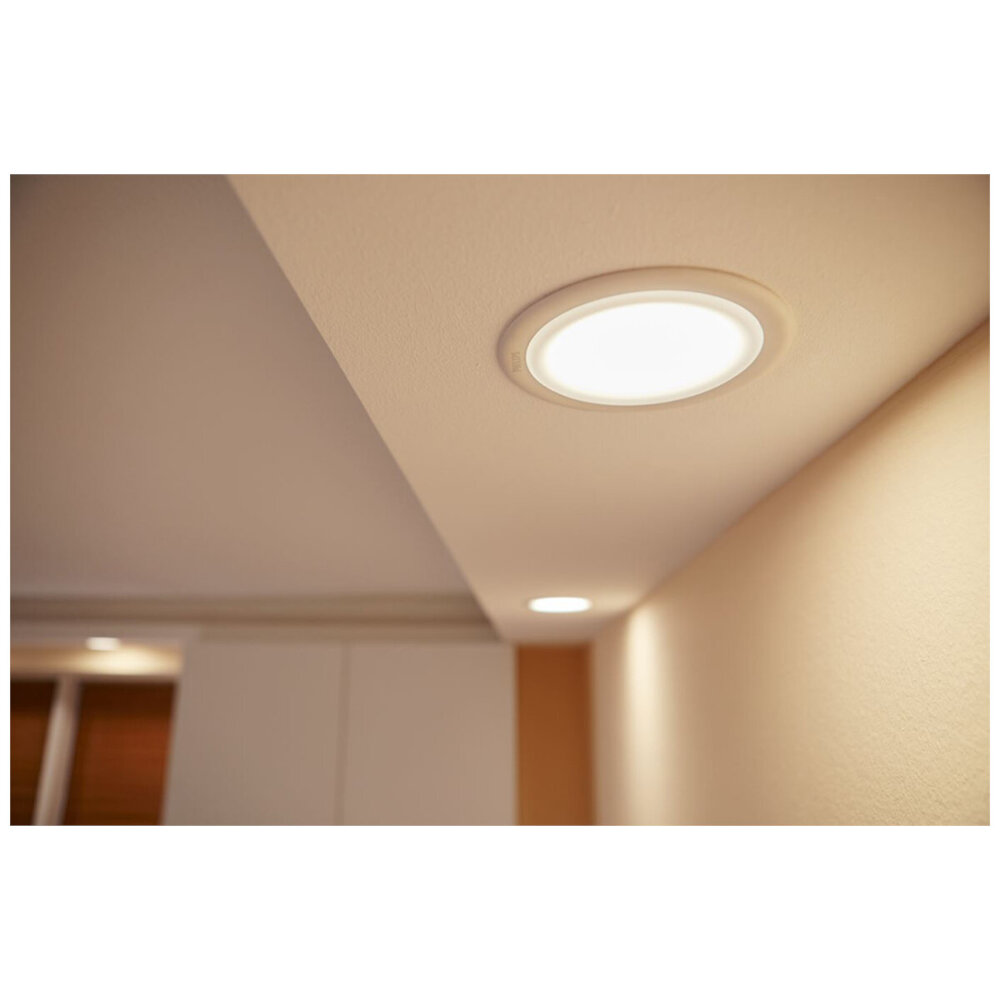
In conclusion, maximizing yield with a 1000W LED light is achievable and depends on several factors such as the strain of the plant, grow room conditions, and the number of plants grown. While it is possible to grow a single plant to its maximum potential under a 1000W LED light, it is also possible to grow multiple plants if the space is utilized efficiently. However, it is important to note that overcrowding plants can result in lower yields and lower quality buds. Therefore, it is crucial to find the right balance between the number of plants and the space available to maximize the yield. Ultimately, with proper planning, care, and attention to detail, a 1000W LED light can produce a bountiful harvest of high-quality cannabis plants.


